
Jagger Eaton. Alex Midler. Every Japanese skater, probably. What do they have in common?
They were all indoor skatepark kids. They grew up in a helmet, unbothered by rain, snow or the temptation of smoking weed behind a metal ramp. This usually took place at a local warehouse privately owned by some long time skateshop owner or retired legend.
Where this once was the path to getting contest ready, the abundance of public skateparks and corporately funded TFs means the once integral local indoor skateparks are dropping like flies. We wanted to know what it takes to run a successful indoor skatepark in today’s climate, diving into the details like weather and local municipal laws as well as looking at the financial factors that keep them afloat.
Bill Kaschner of Cream City, Doug Brown of 2nd Nature and Marshall Reid of All Together Skatepark weigh in on the biggest challenges of running an indoor skatepark and offer some insights on everything from finances to masonite boogers. Check it out, and if you live in an area with a local indoor park sign the waiver and go support!


Bill Kaschner, CREAM CITY
Milwaukee, WI
Are new public parks seen as bad for business?
The outdoor parks create a lot of new skaters, which is great for everyone. Our hope is that when the weather turns they will eventually come inside to check out the park. We also provide a lot of services that free outdoor parks do not. Our skate clubs, camps, lessons, and special events are really popular.
What made you want to open an indoor skatepark?
Our motivation was “For skaters, By skaters.” We wanted a spot where we could skate whenever we wanted to. We also wanted to build stuff that we liked to skate! I worked at Phase 2 skate shop and Lake Owen Camp as a skate instructor for over 10 years so this was a natural next move for me. The park opened February 2nd 2006 and the name (Cream City) is a nickname for Milwaukee because of all the pale creamy bricks on historic buildings throughout the city.

Do you find a lot of pushback surrounding pricing? How did you decide on admission costs?
Pricing is tricky. Our goal is to provide a place for everyone to skate. Costs have gone up so much throughout the years, it’s getting tough to keep costs down. I try to see what the other parks are charging and stay somewhere around there. We are always willing to work with kids that are dealing with low income situations. We’ve been involved with some great community outreach programs in the past. We also offer the day use of boards and pads to beginners that are just getting started to cut down on their start-up costs.
Is operating a indoor skatepark a valid means to make money?
Well, we keep the bills paid and the kids stoked! You definitely have to find ways to make money. Camps, lessons, skate clubs and we also have a mobile ramp called the GOAT ramp that we rent out for events. My wife and I also own a gymnastics club so being diversified also helps.
How important are skateshop sales to park revenue?
We do really well with all of our Cream City gear. We are always trying to come up with new designs and have had a lot of the locals do some of the artwork for us. Other than that we sell hardgoods. We never dabbled in shoes and let the local shops take care of that.



What’s the biggest threat to your operation?
Weather. Winters are great and as soon as it gets warm kids are itching to get outside. This year was tough as we had a very mild midwest winter.
Are you immune to the stench of sweaty pads or does it never go away?
What’s a skatepark without the smells, noises, and masonite boogers. It’s all part of the ambiance [laughs].
How can skaters help indoor skateparks thrive? How can brands help indoor skateparks thrive?
Bringing back more tours would be awesome. Tours always helped put us on the map for people from out of town, and got the local kids stoked to see their favorite pros at their home park. Skaters can help by supporting us year round. Those summer months get lonely, so come by and pay a visit!

Doug Brown, 2ND NATURE
Peekskill, NY
Do you find a lot of pushback surrounding pricing?
We started at $10-15 and now at $15-20. There was some push back for sure. It can feel weird charging people to skate and I wish it could be funded by shop sales, lessons, events and sponsors.
Is operating an indoor skatepark a valid means to make money?
My younger self made money. You can if you have events and use the space for other purposes and do good retail.
How important are skateshop sales to park revenue?
Retail makes up about half of revenue. Drinks bring in an unexpected amount.

How long did the process of officially opening the skatepark take?
It took two years to find a warehouse with rent I could afford and with the parking requirements needed for retail/recreation. Peekskill government really wanted us here so they classified it as an amusement park which happened to be a permitted use and skipped zoning. The only tricky thing was I had to hire an engineer to approve my ramps and they had no idea how to approve something like that. The initial buildout took three months and then we just kept building.
What’s the biggest threat to your operation?
The inability to run good events and a lack of focus on the business.



Are you immune to the stench of sweaty pads or does it never go away?
Don’t even notice it.
How can skaters help indoor skateparks thrive?
If we could get people to do yearly memberships so we have a more consistent way to pay bills throughout the year would be great. More skaters renting the space for events, and demos help a lot.

Marshall Reid, ALL TOGETHER
SEATTLE, WA
Do you still have fun skating your own park?
It takes a special vibe or person to get me stoked to skate. It’s always a good session after we build a new feature or an old friend shows up. We spend a lot of time on our boards during camps and programming so technically we’re always skating.
What made you want to open an indoor skatepark?
Seattle is one of the wettest cities in America so an indoor skatepark is a necessity. I’ve taught skate camps since the ‘90’s and we definitely needed a facility to run camps. I like being in the middle of skateboarding and that’s easy when you run an indoor park.
What are some unexpected road bumps you faced along the path to opening?
With past indoor parks, we had lots of permits to deal with but with this one nothing was over 4’ tall so we didn’t need any. The locals were concerned that Evo (owner of building) was trying to intrude on the skate scene at first but that dust settled after the park opened and supported everyone in the community.

Do you find a lot of pushback surrounding pricing?
There are people that don’t want to pay to skate indoors and there are people that don’t mind supporting. You’ll never please the former. We charge $10 to skate for as long as our open skate hours are posted that day. Usually 3-6 hours. Drop in skate sessions bring in the least amount of revenue.
Is operating an indoor skatepark a valid means to make money?
We are funded by a large business but we do turn profit. Most of it goes into paying staff wages and remodeling sections of the park. It costs $20-30,000 per month in just rent and salary. 70% of our revenue comes from skate camps. The rest comes from private rentals, lessons and open sessions. Adult day camps were an unexpected revenue generator. (we started hosting these monthly around a year ago.)
How important are skateshop sales to park revenue?
We probably do $100k in hardgoods revenue which barely supplements the income after costs. We don’t carry core brands that compete with our local shops. This way we can all share the city and work together to keep everyone afloat. It’s extremely important to have hardgoods readily available for skaters when they break equipment. Our target market are kids that are getting their first skateboard at skate camp. We don’t sell soft goods other than our own branded apparel.

What’s the biggest threat to your operation?
Letting the homies and everyone that can land a crooked grind skate for free. After working at every skatepark in Seattle since the ‘90’s, this has been the downfall of all of them.
Are new public parks seen as bad for business?
We operate off of programming mostly so additional parks don’t compete. We’ll teach the kids how to get started so they can go to these parks and skate with some confidence. Parents prefer dropping their kids off with us since there is supervision.



How can skaters help indoor skateparks thrive? How can brands help indoor skateparks thrive?
Skaters help private parks thrive by paying the fee and respecting the space. (we do have huge support from the local skate scene). Brands help us by keeping our staff laced with equipment and we get discounts on purchases. This is in exchange for the logo painted on the wall.
Are you immune to the stench of sweaty pads or does it never go away?
We clean all the pads daily and I think the smell of Lysol is almost worse than sweat.
Related Posts
Comments
Popular
-
 RECONTEXTUALIZING ZAK ANDERS, ONE OF TODAY’S MOST MYSTIFYING SKATERS
RECONTEXTUALIZING ZAK ANDERS, ONE OF TODAY’S MOST MYSTIFYING SKATERS
"I don’t want to be this brutal punk that hates everything that people like, and I’m trying really hard to undo that."
-
 RARELY SEEN PHOTOS FROM READ AND DESTROY, THE BELOVED BRITISH SKATE MAG
RARELY SEEN PHOTOS FROM READ AND DESTROY, THE BELOVED BRITISH SKATE MAG
Check out early documentation of London's Southbank, vert ramps tucked into Lord of the Rings-level forests, and everything in between.
-
 NAVIGATING SKATING’S HIGHS AND LOWS WITH MATT MILITANO
NAVIGATING SKATING’S HIGHS AND LOWS WITH MATT MILITANO
Over coffee and cigarettes Matt talks prank shows, ABDs and his love for the VX.
-
 A CHAT WITH LUDVIG HAKANSSON, THE OLDEST SOUL IN SKATEBOARDING
A CHAT WITH LUDVIG HAKANSSON, THE OLDEST SOUL IN SKATEBOARDING
The man loves to read Nietzche, skates in some expensive vintage gear, and paints in his own neoclassical-meets-abstract-expressionist style.
-
 MEET THE SEATTLE ARTIST WHO DESIGNED A BACON ’N EGGS INSPIRED SKATEPARK
MEET THE SEATTLE ARTIST WHO DESIGNED A BACON ’N EGGS INSPIRED SKATEPARK
Breakfast-obsessed skaters rejoice!

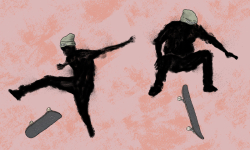
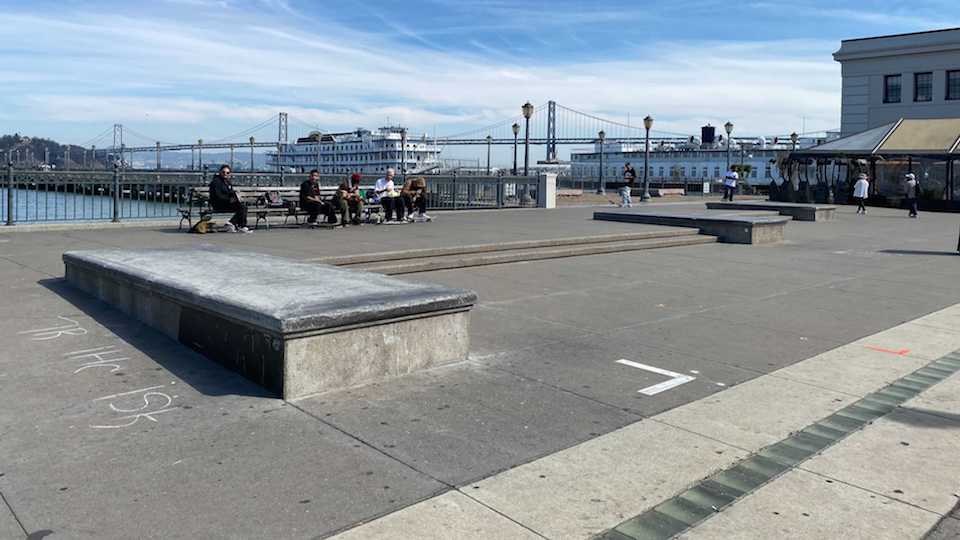

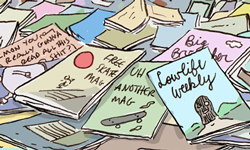
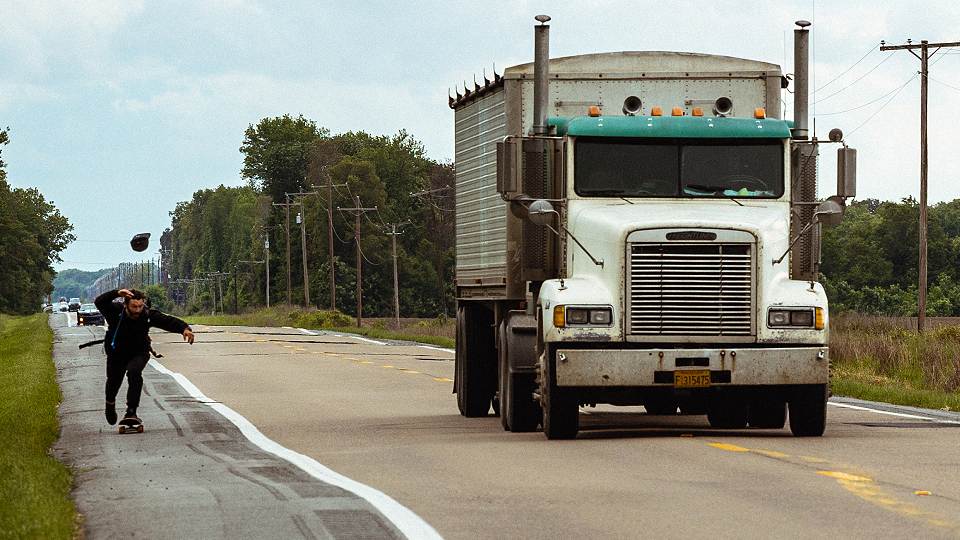
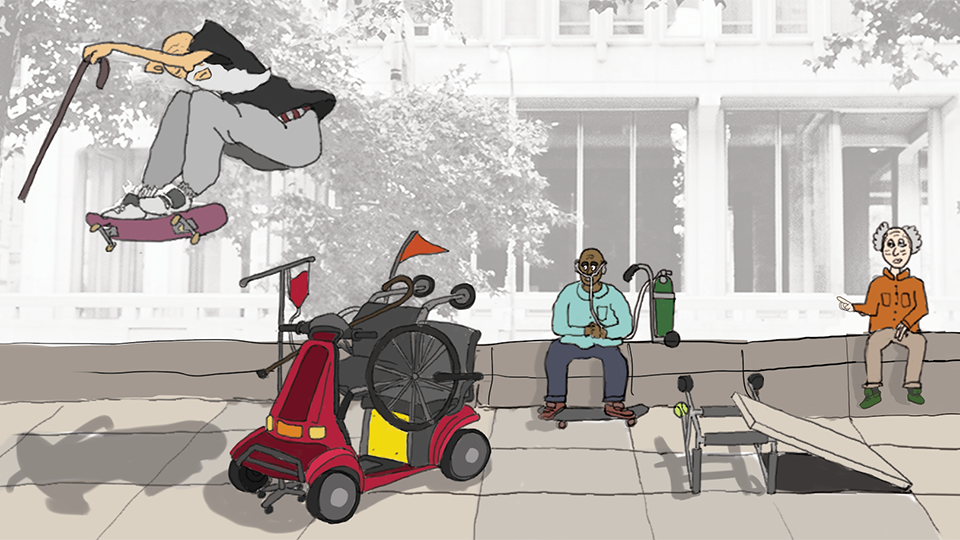
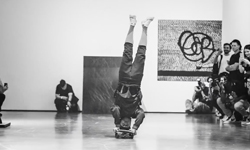
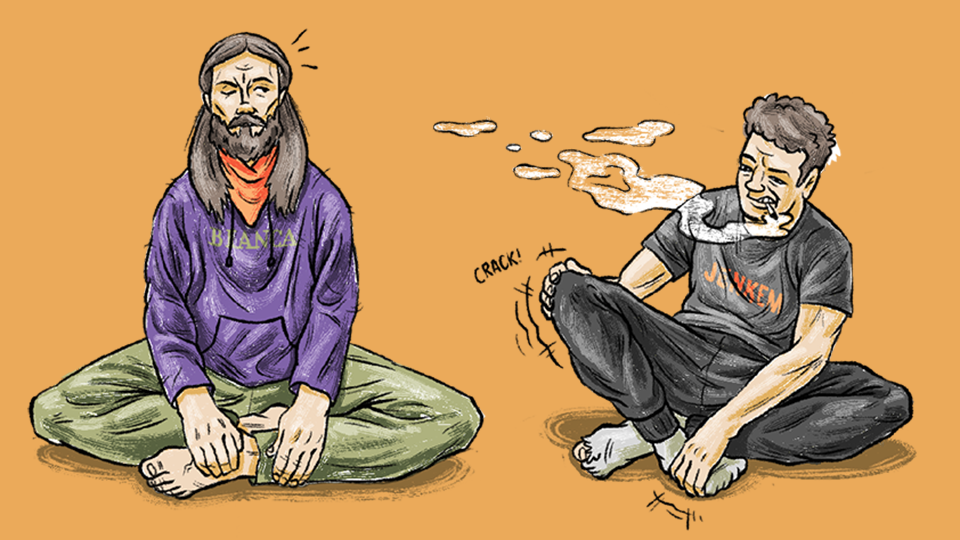
May 1, 2024 12:31 pm
Private is great, but the bummer is when private parks become “nonprofit” and then ask for money from the public. Meanwhile, getting in the park itself is an exercise in ass kissing.
A great example is the skate church, St. Liborious, that burned down in St. Louis last year: Sure, it was a cool setup and you didn’t need pads or anything, BUT this was not a park you could just walk right into. There weren’t hours posted. There wasn’t ever an admission price posted. It was private, but semmingly funded via donations. Now, close to a year since its demise, the owners are still begging people for cash…cash for a skatepark that does not exist and has no accountability for money contributed to the project.
All of this to say if you aren’t on the lease or deed put your resources into public parks, or but some bags of crete for the DIY.
May 1, 2024 5:26 pm
There’s nothing wrong with non-profits just because your local one is sus.
May 1, 2024 4:04 pm
I own Stronger Skatepark on the edge of Portland, OR. And everything said here is dead on. Programming is what keeps us alive, but all the other smaller revenue streams (sessions, drinks, hard goods…) are vital as well.
Thanks to all the park owners out there making it happen for the locals!
May 2, 2024 5:57 am
cool article but yall need to get off your bum asses and make anotha poll . shit is low key tiresome to look at
May 2, 2024 1:38 pm
hell yeah bill! i know that guy!